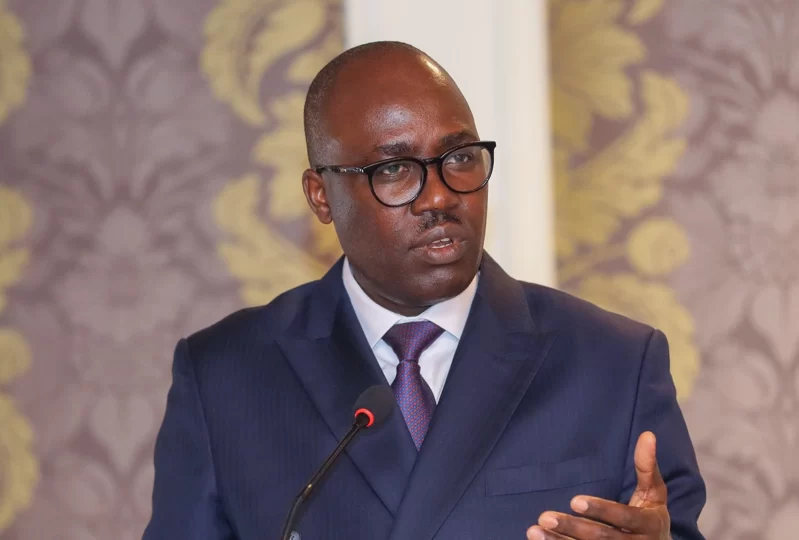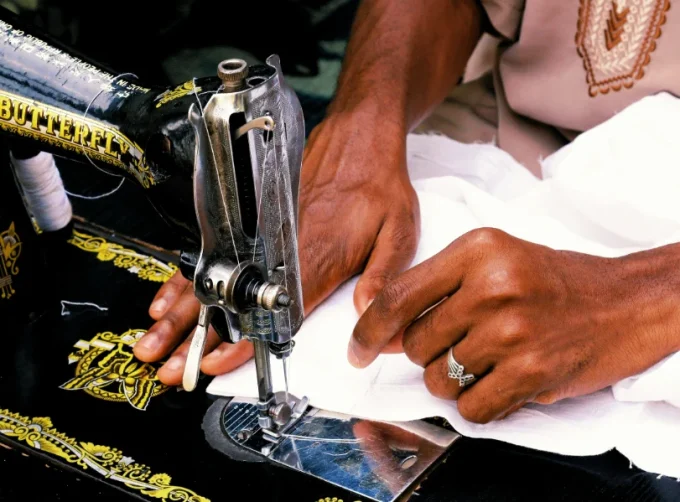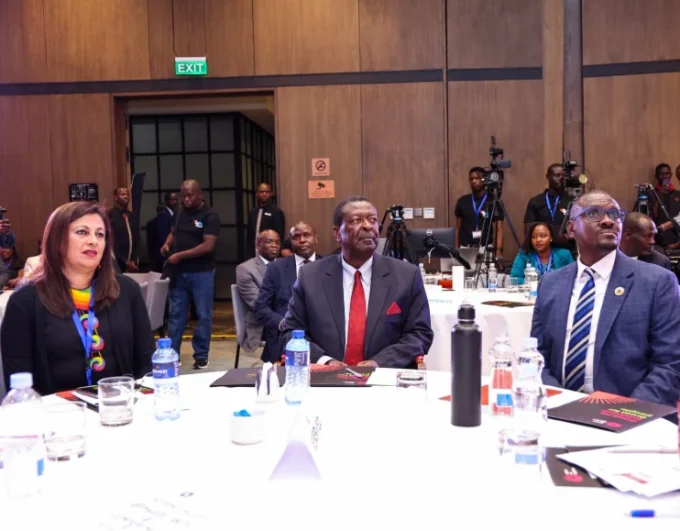Last week, US President Donald Trump implemented a 10% baseline import tariff on goods from African trading partners, citing objectives of revitalizing domestic manufacturing and ensuring fair trade practices.
The policy is expected to redirect African exports toward alternative markets, particularly China and other Asian economies.
While the 10% tariff on Kenyan exports to the US introduces a new layer of cost, it pales in comparison to the steep rates imposed on textile-exporting giants like Vietnam (46%), China (34%), Bangladesh (37%), India (26%), Pakistan (29%), and Sri Lanka (44%).
Speaking after the policy was implemented, Foreign Affairs PS Korir Sing’oei revealed that Kenya was advocating for a waiver.
“While the tariffs may be one of the lowest, we shall be vigorously advocating for their waiver. Additionally, as AGOA is a Congressional framework for market access to the US by African exporters, it is our considered view that until the law lapses end of September 2025 or unless repealed earlier by Congress, the new tariffs imposed by President Trump will in any event still not be immediately applicable,” Sing’oei assured.
According to SIng’oei, tariffs imposed on Kenya are still one of the lowest and at same level as the UK, Egypt, Morocco, Uganda, Tanzania and Ethiopia.
He says in the long term, the solution lies in greater intra african trade.
Kenya will be seeking to leverage on the disparity, which could offers a golden opportunity to carve out a competitive edge in the global textile market. With foresight and strategic action, Kenya can transform this challenge into a springboard for economic stability and growth, leveraging its relatively favorable position to attract US buyers seeking cost-effective alternatives.
As traditional suppliers grapple with significantly higher tariffs, Kenya can position itself as a reliable sourcing hub for apparel and related goods. By investing in local textile production and value addition—such as spinning, weaving, and finishing—Kenya can offer a compelling alternative to pricier imports from Asia.
Business Today understands that the Ministry of Trade and Industry (MITI) and the Ministry of Foreign Affairs (MFA) are already crafting an export enhancement plan.
Also, Kenya can capitalize on the increased costs faced by competitors to expand into new manufacturing areas like leather goods and agro-processed products—sectors where the country already has a strong foundation.
For instance, processing coffee, tea, or horticultural goods locally before export could fetch higher margins while meeting US demand for value-added products. This diversification reduces Kenya’s reliance on a narrow range of exports, a vulnerability that has long plagued its economy. With targeted support for infrastructure and technology upgrades, these industries can scale up to absorb the 10% tariff’s impact, ensuring that export revenues remain robust.
Although modest compared to competitors, the tarrif still raises costs for Kenyan exporters, potentially squeezing profit margins in the short term.
Economists say that the 10% tariff is a hurdle, not a wall, and with competitors facing far steeper barriers, Kenya has a rare chance to shine by harnessing its resources, workforce, and strategic vision.
Read: MoU to Boost Netherlands Business Hub Kenya
>>> New TradeMark Africa Country Director for Kenya Has Her Work Cut Out













Leave a comment